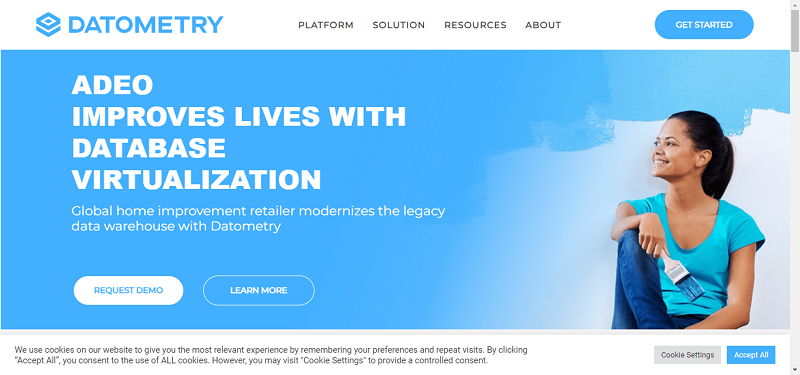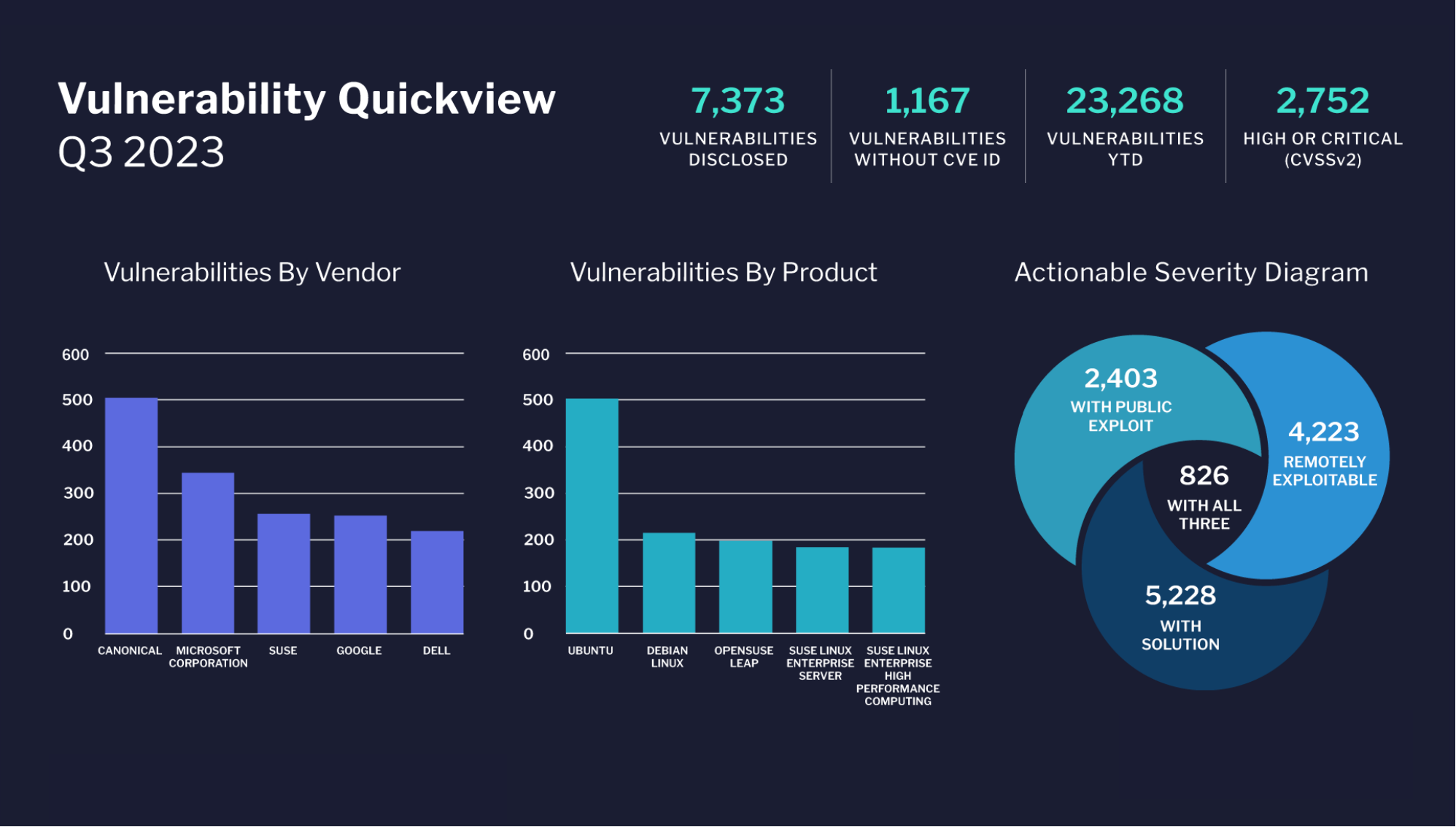Digital marketing and growth hacking offer us an extensive range of tools and services that promise improved brand recognition, higher product uptake, greater lead generation, and better customer engagement. But as with the more traditional forms of advertising and marketing, verifying their worth and ultimately proving their effectiveness to cost-minded bosses can be tricky. Such measurements are, however, critical not only to ensure adequate budget allocation but also to confirm that the appropriate tools are being used for the task at hand.
Understanding how well your marketing implementations work is the final objective, but first, it’s necessary to identify an overall marketing strategy. What are the goals of your digital marketing and growth hacking executions? This ranges from brand awareness (how many people do you want to hear about your brand, and through what channels would this best transpire) to product promotion (what changes in consumer beliefs and attitudes towards individual or ranges of product are desired). For accurate measurements of any marketing initiatives we need to understand the landscape before any implementations are made: what percentage of consumers recognize the brand? How favorably is the brand measured against competitors? How often are consumers choosing your brand over another, and why? Are price wars putting your product at a disadvantage? Is customer service affecting business outcomes?
Once you’ve gathered your starting data, you’ll need to spend a little bit of time understanding your audience. Knowing which customers are interacting with you, and how, can change the final metric assessment of marketing implementations, so the time taken to analyze channels of engagement and categories of customers most often giving their opinions is well worth it. Furthermore, social analytics tools employed early on can provide particular benefits for the digital marketing and growth hacking measurements.
With a good foundation of data in place, you’re ready to implement the appropriate marketing strategy and tools, and thereafter track their success. There certainly are a few metrics that could be providing more relevant information than others, but most experts agree that at this point, you need to track everything. Implementing a marketing measurement model can help hold focus to the previously decided goals and objectives, and there are many free, or at least cheap, tools able to assist with detailed measurements. There’s also plenty of expensive software available, but oft times the practical marketer can get away without it by putting in some extra research and effort and making use of tools such as Google Analytics.
A few necessary measurements to keep track of include number of pages ranked, which relates to search engine optimization and increases the chances of site discovery; the number of times the brand or product is mentioned on social media, paying particular attention to engagement levels; variety of keywords that drive traffic to the company’s site; and the number of times an individual user searches for your brand. These are a few of the digital metrics which help identify user engagement, indicating campaigns that work best along with those that should be scrapped.
Overall, as regards the measurement of both digital marketing and growth hacking, experts suggest focusing on the bigger picture: each single implementation won’t always link back to tangible marketing successes, but an overall growth in brand popularity or product sales can point to a successful marketing strategy – barring any obvious non-marketing influencers that may present at a particular time. Taking advantage first of simple tools, possibly a few of the cheaper services, and employing customized growth hacks is a good starting point, with results related to such devices often all the more celebrated for their tiny budgets; once marketers are able to present such efficacy, the funds for smarter and more sophisticated tools quickly materialize.
By Jennifer Klostermann





